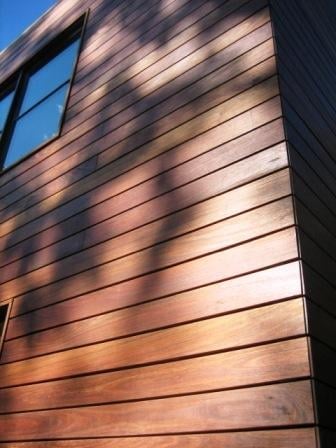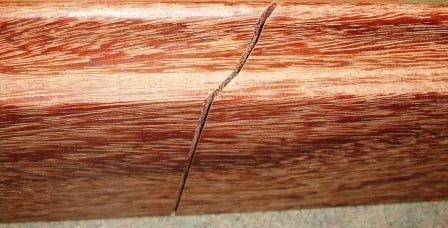
Related Posts



“The Climate-Shield rain screen system combines the benefits of both open joint rain screen systems and closed joint rain screen design to create a beautiful and functional rain screen system.”
Many architects and design professionals love  the look of an open joint rain screen system; they just don’t like the functionality and limited benefits of many of the open joint rain screen options. The limited functionality of a “wide open joint” rain screen design include; bulk water intrusion, UV exposure to the building envelope membrane, direct exposure of the building envelope to insects, animals, weather and other unplanned environmental hazards. The key benefit of a closed joint rain screen system is protection from outside elements, while the main detriment of this type of design is often the lack of an adequate means for moisture to exit the wall cavity.
the look of an open joint rain screen system; they just don’t like the functionality and limited benefits of many of the open joint rain screen options. The limited functionality of a “wide open joint” rain screen design include; bulk water intrusion, UV exposure to the building envelope membrane, direct exposure of the building envelope to insects, animals, weather and other unplanned environmental hazards. The key benefit of a closed joint rain screen system is protection from outside elements, while the main detriment of this type of design is often the lack of an adequate means for moisture to exit the wall cavity.
1.) Although the design of the open joint in the Climate-Shield system allows for an actual 1/10” gap spacing hidden between the siding boards, the appearance from the front has the look and feel of that of a ¼” open joint. As the wood siding material acclimates, the  slightly eased profile of this shadow line “gap” can appear to be as large as 3/8”- ½” visually. Many designers have found that the aesthetic appeal of this look, combined with the functionality of the system; make for a smart and sharp looking design specification for many projects.
slightly eased profile of this shadow line “gap” can appear to be as large as 3/8”- ½” visually. Many designers have found that the aesthetic appeal of this look, combined with the functionality of the system; make for a smart and sharp looking design specification for many projects.
2.) The narrow actual gap between rain screen siding boards, when combined with the insect screen at the type top and bottom of the wood rain screen wall, keeps small animals and most insects entirely at bay, while still allowing the wall cavity an effective means for moisture to egress.
3.) The wall cavity created behind the Climate-Shield rain screen system provides a superior buffer zone against the elements and adds a small amount of passive energy savings versus using a wider, open joint rain screen design.
4.) While the look is very similar to a ‘wide-open’ joint system, the functionality of the Climate-Shield rain screen system has some significant performance benefits: 
4a.) The open joint in the Climate-Shield siding profile is up and away from the weather and provides significantly improved protection for the building envelope
4b.) In VaproShield’s laboratory in Washington state the Climate-Shield clips were tested naked (no siding) and showed virtually no water penetration with simulated hurricane winds and rain over a several hour period.
4c.) Engineering studies have determined that the Climate-Shield rain screen system easily exceeds the 180 MPH wind resistance requirements in Zone D which includes “the most severe environmental conditions with exposures that may include open and unobstructed areas such as inland waterway areas, Great Lakes region and coastal regions of California, Oregon, Washington and Alaska.”
5.) The longer a sustainable design lasts, the lower the overall (annualized) life cycle costs. The Climate-Shield system was developed with the help and input of building envelope specialists and designers with durability and life cycle costs as key design considerations.
Please visit our website for additional information about rain screen systems, rain screen design and wood rainscreen siding options:
More about Climate-Shield Rain Screen System
Understanding Wood Rain Screen Design
Wood Rain Screen Photo Galleries
Wood Siding Options for Rain Screens


